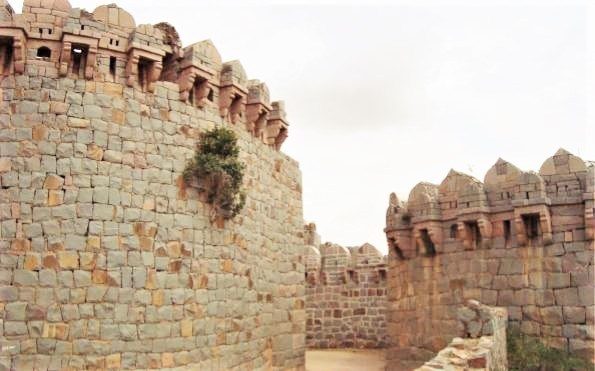When Goa was conquered by the Portuguese in the 15th century, one of the first things they did was to build forts all over the land. This was to ensure a defence against other invaders and were therefore built at strategic locations in Goa. While most are in ruins, some have been renovated and are utilized for some purpose or the other. One such fort that has been repaired and saved from ruin is the Anjediva fort located on the island that shares the same name.
Location and other knowledge about Anjediva island
For an island that measures just 1.5 square kilometres in total, it has a long history that supposedly goes back to the time of Ptolemy who appears to have described it himself. The island is located approximately 1800 m from the coast of the district of Uttar Kannada, Karnataka, 4 km south of Karwar and about 87 km south of Goa. And even though it lies off the coast of Karnataka, legally and constitutionally, it remains a part of Goa.
The island of Anjediva is currently uninhabited, with only the regular presence of the Indian Navy, which runs it as part of its Kadamba Naval Base, and some visitors and occasional fishermen. However, in the nineteenth century, some 200 people lived on the island.
Vasco da Gama declared the island to be a part of the Portuguese empire on September 24, 1498, during his first trip to India.
When D. Francisco de Almeida, on September 13, 1505, he ordered the building of a fortress, which was destroyed seven months later. The Afonso de Albuquerque attack that culminated in the conquest of Goa in 1510 was launched from Anjediva. The island was unoccupied until 1661, when the English settled there, waiting for the treaty of July 23 of the same year to be complied with, that yielded them Bombay, which got transferred among the colonial powers in 1665.
The Anjediva Fort
Today, the Anjediva fort lies in ruins. There are 2 historic churches on the island. The Church of Our Lady of Springs, which was built in 1505 and the Chapel of St Francis D’Assissi which is now in ruins.
Its strategic importance in the seafaring route to India and also as a watering destination for ships led the Portuguese to build the fort. After all, they wanted to enhance their military presence and control of the Eastern trade route.
After the fort was built, the colonial Portuguese used it for a year, mainly as a military establishment and as a regular watering stop for their ships.
In spite of many successful military operations that were launched from the fort, it was eventually abandoned. This was because the garrisons were better placed at Cannnaore and Cochin forts, which could ensure adequate protection to the trade. Another factor considered in abandoning the fort was on account of maintenance problems (operating from Cochin as the base), localized bad weather, and fear of enemy attack from Goa.
Later uses of the Anjediva fort
After lying in ruins for many years, Anjediva fort was refurbished in 1682 by the Viceroy Count of Alvor. There were approximately 600 people living on the island. There was a seminary, a Jesuit college and a Portuguese school.
In 1768, it was under the administrative control of a governor with 350 inhabitants.
In 1812, the inhabitants counted 782 (including convicts). But, when the fear from any kind of enemy threat receded, in 1843 the Portuguese abandoned the fort once again.
When Fort Anjediva was within Portuguese India, it was used as a refuge by Christians and Hindus from the mainland during the invasion by the coastal kingdom of Bednore and Tipu Sultan.
The island and its fort site became a part of India on December 19, 1961, with the success of “Operation Vijay“, a military operation in which the Portuguese were evicted from their colony in Goa, as well as their other Indian colonies.


